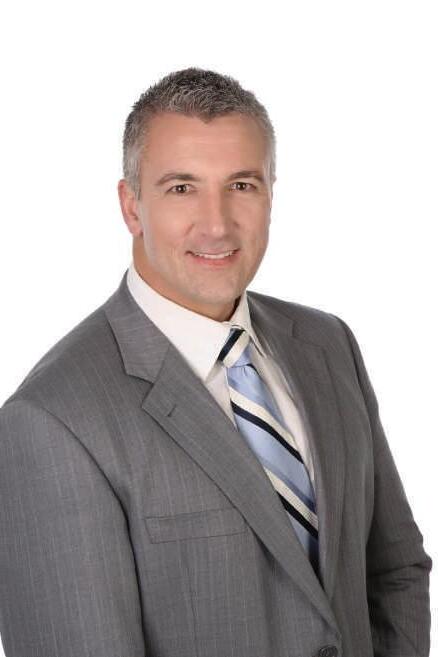
2 minute read
THE YOUNGER ATHLETE
AS MOST YOUNGER ATHLETES EMERGE FROM THE SLUMBER OF THEIR CHRISTMAS AND NEW YEAR’S CELEBRATIONS, THEY SOON REALISE THAT THE SCHOOL SPORTS SEASON IS UPON THEM AND KICKING BACK INTO A MORE RIGOROUS TRAINING REGIME WILL BECOME TOP OF MIND. OFTEN WITH AN INCREASE IN SPORTS TRAINING, COMES AN INCREASE IN SPORTS INJURIES IN YOUNG ATHLETES.
By Dr Ryan Kohler
Advertisement
There are a small group of high performing young athletes that train year-round and specialise in sports in their childhood and during adolescence. In this group, it is not uncommon for pre-teens to train 20+ hours per week at regional training centres in tennis and gymnastics and compete in events such as triathlons.
As activity increases, education of coaches, parents and the athletes themselves about all aspects of injury prevention is crucial.
Risk Factors
Some of the risk factors for young athletes include having an immature skeleton, different rates of bone growth of different body parts and adolescent growth spurts. Some younger athletes may also have less developed coordination skills and perception. One of the unique features of the child skeleton is the existence of a growth plate which we call a physis, this is the regional zone in which longitudinal bone growth occurs. Often the way injuries occur in young athletes and adults is the same, however, in children some injuries occur because of this growing bone.
Strength Training
I’m frequently asked about strength or resistance training guidelines by mums. Parents often enquire about the starting age and safety of weight training. Strength training can be safe and effective if the programme is well designed and monitored by qualified personnel. Strength increases naturally with age and body weight, but this can be accelerated with weight training. Using the correct form and working only on circuit-based machines is the safest. A free weights programme with the objective of muscle size and strength gain, should only be considered from over 16 years of age. Athletes should participate in both weight training and endurance activities. Light weights with higher repetitions should be the programme focus.
Injury Type
Young athletes commonly injure the physis (growth plate) of long bone or pull off the attachment of tendons and ligament from bone. They do not commonly tear ligaments and seldom develop overuse tendon injuries (tendinopathy). Often injuries occur due to trauma or repetitive overuse. It is always important to remember that sinister bone cancers can masquerade as “sports injuries” so making the correct diagnosis early is crucial.
Pearls For Parents
• The younger athlete is unique and is not a young adult.
• Make sure to get an accurate diagnosis for all injuries and consult a sports physician early on.
• If physiotherapy treatment has not helped after three treatment sessions, ask for a referral to a sports physician.
• Carefully monitor training loads, this is the best first line for injury prevention.
• Try to train no more than five days per week and take 8-10 weeks off consecutively in a year to rest and recover.
• Over 50 percent of injuries occur in the gym performing weight training.











